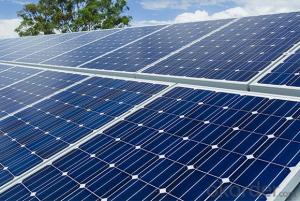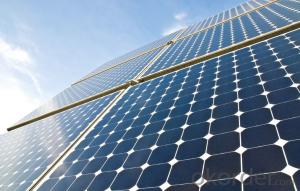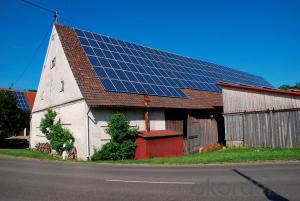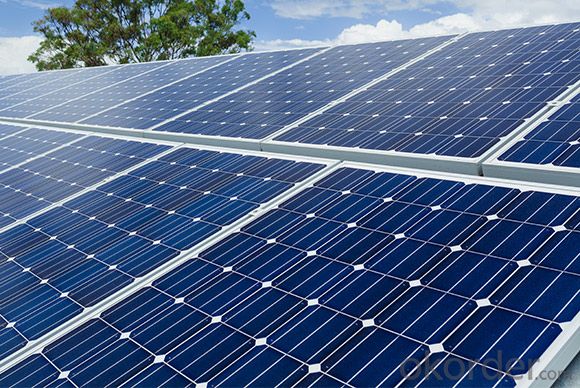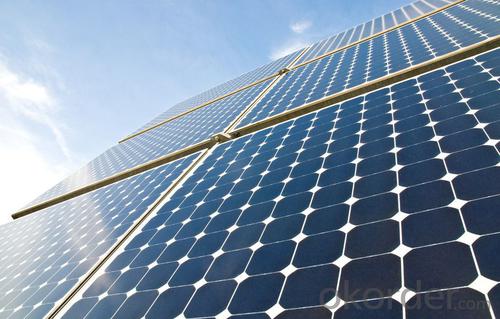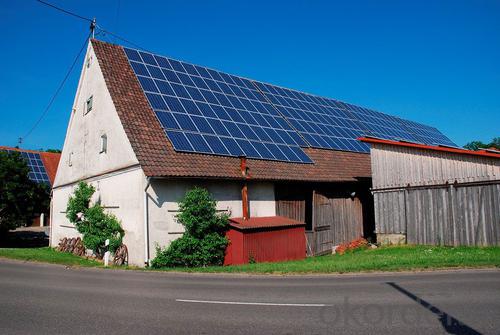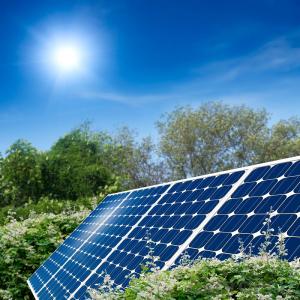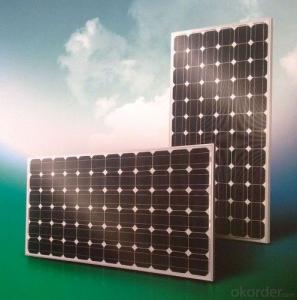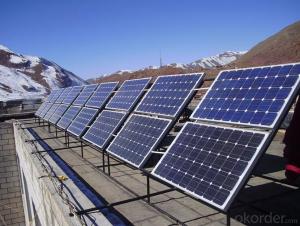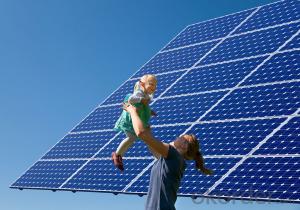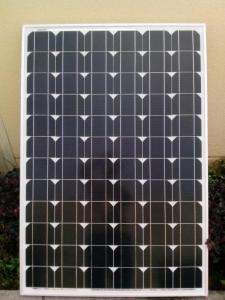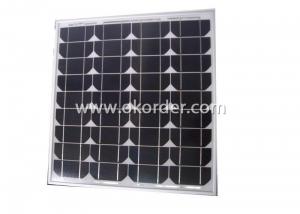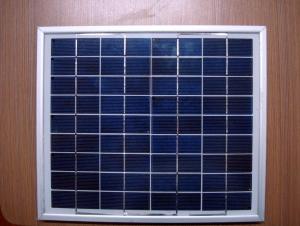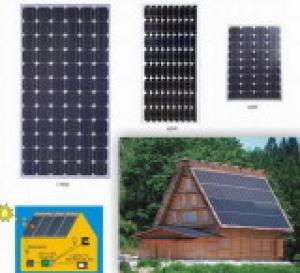12-Volt Solar Panels - CNBM 270W Mono Crystalline Solar PV Modules
- Loading Port:
- China main port
- Payment Terms:
- TT OR LC
- Min Order Qty:
- 100000 watt
- Supply Capability:
- 10000000 watt/month
OKorder Service Pledge
OKorder Financial Service
You Might Also Like
Specification
About us
CNBM International Corp, established in 2004, is the business entity for trade and logistic of CNBM Group.With the advantages in Cement, Composite Materials, New Building Materials and Engineering, CNBM mainly concentrate on coal, steel and construction equipments and give priority to solar and wind energy development.CNBM International is highly recognized by its business partners and clients all over the world and has established good business relationship with the customers in over 120 countries and regions all over the world.
Mono crystalline PV modules 270W
SIZE:1574*1081*40mm
Weight:22.0kg
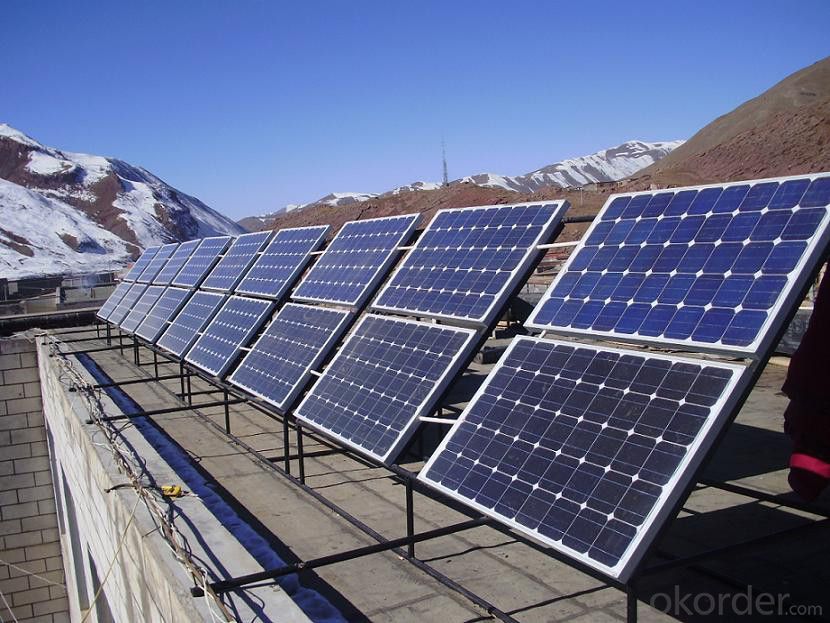
Warranty
provides a 1~3 year limited warranty (“Warranty”) against defects in materials and workmanship for its Uninterruptible power supply, Power inverter/chargers, Solar charge controllers, Battery Products (“Product”).
The term of this Warranty begins on the Product(s) initial purchase date, or the date of receipt of the Product(s) by the end user, whichever is later. This must be indicated on the invoice, bill of sale, and/or warranty registration card submitted to MUST-Solar. This Warranty applies to the original MUST-Solar Product purchaser, and is transferable only if the Product remains installed in the original use location.
FAQ
1. How do I decide which system is right for me ?
For protection from long outages, include a generator or solar panels in your Must solar system. Shorter outages can be handled by a battery-only system.
2. Where my system will be installed ?
Must solar systems are usually wall-mounted near a home's main electrical (circuit breaker) panel.
3. How do I install my system ?
A must solar backup inverter is connected to a home electric system , we will supply detailed installation manual and videos for our customers .
- Q: Hi! I bought a Coleman 2 vdc cooler that pulls 9 amps. What size solar panel and amp-hour battery do I need? I only open it 3 times a day. It will hold about 3 gals of milk.
- If it pulls 9 amps continuously, that's 08 watts/hour or about 2.5 kwh/day. If it only pulls half that (does it cycle?) it's about .2 kwh/day. You only want to drain a lead-acid battery 50% or so, so you'll want a 5 or 2.5 kwh battery pack. A typical setup for the 5 kwh would be two L-6 batteries in series, and for the 2.5 kwh you could use 2 T-05 batteries in series. This does not account for days of cloud. If you regularly have cloudy days, size the battery pack for two or three days of use with no input (2-3 x the sizes given above). To charge them, you typically want panels that will charge your battery at least 5% of its capacity per hour (C/20). For 2 volt nominal panels that's 0 amps for the T-05 or 20 amps for the L-6 batteries. It's good to have more than that for battery life (it cuts down on what's called stratification), so you'll want probably 50-200 watts of panels for the T-05 and 300-400 for the L-6. You'll also need a charge controller. Peltier coolers are very inefficient. You'll save money by using a regular mini-fridge and an inverter. Most mini-fridges only draw 50 watts or so, so you're talking 600 watt-hours for a 50% duty cycle. This means two T-05 batteries will give you two days of use and you'll only need 20-50 watts of panel. DK
- Q: my solar panel is 5v 50 mA, and im making iphone USB charger so i need to connect + with 00 ohm resister and to data - and + so what resister will be okay..?
- Just connect the 5 volts out of the panel directly to the iphone via an USB connector. BUT, is the panel output always 5 volts, ±0.25 volts? Because that is the USB specification, and anything outside of those values could damage your iphone. And solar panels are known for their wide swings in voltage. Bottom line, resistor not needed, and you need to be positive you supply the correct voltage to the iphone. Best way to do that is to start with a solar panel that puts out at least 7 volts and use a LM7805 regulator. The only resistors needed are those to tie the data lines into a certain combination of resistance and voltage so that the iphone is fooled into thinking that a proper USB is connected. That would NOT involve a 00 ohm resistor. Search online for the proper values and connections. edit: are you repeating your same inane question with a different account? That is totally against the rules and could get you suspended.
- Q: Can solar panels be used in areas with high levels of seismic vibrations?
- Yes, solar panels can be used in areas with high levels of seismic vibrations. However, it is important to ensure that the solar panel installation is structurally sound and designed to withstand the vibrations caused by seismic activities. Additional measures such as reinforced mounting systems or flexible support structures may be needed to enhance the resilience of the solar panels in such areas.
- Q: I thought they were going to make solar powered cars and solar power plants among other things. It was only nearly 0 years ago that solar power was the big thing. Just curious, why did it die out?
- I saw a commercial the other night for a fan you hook onto the top of your car window, and it's solar-powered. (supposedly cools off your car while gone...as opposed to just cracking the windows some). Also, I've seen traffic lights and emergency beacons on the highway powered by solar panels.
- Q: I have purchased a 2 volt LED lantern from argos, it comes with a built in 6 volt 4ah sealed acid battery. What I wanted to know is would I be able to charge it using my 6 volt solar panel?
- If it has a 6 volt battery- is it marked 2 volts on an external plug? If so, there is a resistor inside to drop the potential the battery sees. The battery itself could be slipped out and recharged easily from your 6 volt panel. Just determine how much current (in Amps or Milliamps) the panel produces nominally and divide that into 4 and add one fourth of that length of time to make up for system losses. This will tell you how many hours it should charge assuming your starting voltage of the battery is above .5 volts. and the panel is at 3 volts potential or higher. So if your panel puts out amp at 0AM, you would charge for 5 hours. 4 divided by is 4 and one fourth of that is so 4 plus is 5. It is a little more involved than that, but as a rule of thumb. Also do not discharge tha lantern to the point of no light output. LEDs are efficient, but their current will add up. If it is suggest to be able to use the lantern for up to 8 hours on a charge, stick to that value. Lead acid batteries have best longevity when discharged only to 80 percent capacity. Once battery is charged- disconnect from charging source.
- Q: can solar panels have glass between the panels and the sun?
- You're going to suffer a loss of output if you do.? How much depends on your exact conditions. Standard window glass (which I assume you want to use) loses light through both absorption and reflection.? It also retains heat.? Silicon PV panels use special low-iron glass (without the green tinge) to minimize absorption, and some have anti-reflective coatings.? They also lose output as the temperature goes up, and a window in front will retain heat. If your panel is behind a window with panes, it may suffer a serious loss of output due to selective shading of some cells in a string (the panel needs all cells in light to produce electricity). So yes and no.? You can put a solar panel behind a window and it will work, but not as well (perhaps very poorly); how much you lose depends on the particulars.
- Q: Can solar panels be installed on oil or gas facilities?
- Yes, solar panels can be installed on oil or gas facilities. This practice is known as solar integration and is becoming increasingly common as oil and gas companies aim to reduce their carbon footprint and adopt renewable energy sources. By installing solar panels, these facilities can generate clean electricity and offset some of their energy consumption, leading to reduced greenhouse gas emissions and environmental impact.
- Q: I mean when light hits the solar panel where does the energy go and what does it become? Be specific.
- image voltaic panels take the ability from the sunlight's easy this is extra extreme than say a easy bulb and utilising the chemical homes of (i think that's a silicon and carbon based fabric) the fabric to rework the easy(yet no longer warmth) into electric powered ability. it could basically use very particular wavelengths this is why image voltaic cells are nowhere close to useful. oo i forgot the 2nd area that's maximum suitable to place nevertheless status cells to the place they are going to receive easy the final public of the day (distinctly the early afternoon) and that's as direct as achievable. so some distance as business form cells they are fastened on structures which turn them by way of fact the sunlight strikes around the sky so as that they receive the main direct achievable easy
- Q: There is a charge controller that has what i believe to be only port for a solar/ wind turbine control panel and i don't know if it has more than port for panels. So would i be abed to link 2 panels to port or do you think the controller has more than portBTW it is for marine use.
- No problem linking them in series.
- Q: How much roof space is needed for solar panels?
- The amount of roof space needed for solar panels depends on several factors, such as the size and efficiency of the panels, the energy needs of the household or building, and the available sunlight in the area. Generally, it is recommended to have around 100 to 400 square feet of unshaded roof space per kilowatt of installed solar panels. It is best to consult with a solar professional to determine the exact roof space requirements for your specific situation.
Send your message to us
12-Volt Solar Panels - CNBM 270W Mono Crystalline Solar PV Modules
- Loading Port:
- China main port
- Payment Terms:
- TT OR LC
- Min Order Qty:
- 100000 watt
- Supply Capability:
- 10000000 watt/month
OKorder Service Pledge
OKorder Financial Service
Similar products
Hot products
Hot Searches
Related keywords
